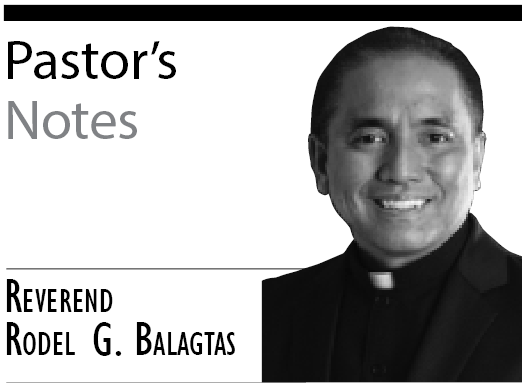ON this day, we are behooved to recall the history of how the United States of America came to be.
The clarion call for independence is just as fundamental, and just as radical as it was 236 years ago.
“Independence Day will be the most memorable epoch in the history of America. I am apt to believe that it will be celebrated by succeeding generations as the great anniversary festival. It ought to be solemnized with pomp and parade, with shows, games, sports, guns, bells, bonfires and illuminations, from one end of this continent to the other, from this time forward forevermore,” said the late John Adams, one of the Founding Fathers and America’s second president.
Americans are expected to honor the day the country declared independence from Britain in 1776, with parades, picnics and pyrotechnics.
As the nation observes its Independence Day with commemorative activities, we look back to that day in 1776 when the US Congress formally adopted the Declaration of Independence, and initiated a worldwide demonstration for liberation that continues today.
This day will be marked with extravagant fireworks, to signify how this day is important, and worthy of remembrance.
Land of the free and home of the brave, as we all know it, serves not only as an example of the struggle for freedom, equality and democracy — it has also become the model and protector of such ideals.
Home to more than three million Filipinos, The United States will venerate this day with Filipino migrants as well as Filipino-Americans who have made this country their home.
First celebrated in 1963, July 4 also marks Philippine-American Friendship Day.
Designated by the President Diosdado P. Macapagal, the Philippine-American Friendship marks the liberation of the country by Filipino and American forces under the Japanese regime at the end of World War II.
Until July 4, 1946, the United States ruled the Philippines and transformed it to demonstrate American democracy. The time during the American tutelage also witnessed many changes in the Filipinos’ life and culture.
Early Filipinos migrated to the US, to work in farms in California and Hawaii. Their participation in the development of American labor and technology has since expanded.
Filipino-Americans are now an integral part of the American workforce in medical, information technology, education, engineering, media and communication, and other fields of endeavor.
Philippine-American Friendship Day also aims to bring awareness the favorable effects brought by mutual trust and friendship among nations—that friendly ties are the foundations of enduring international rapport.
Filipinos will commemorate the fourth of July to highlight the continuing relations between the Philippines and the United States. Various factors bolster these ties, including a commitment to democratic ideals.
This long-standing friendship is also a result of shared historical experience and harmonious national interests, focused on strengthening security and progress in the Asia-Pacific region.
Historically, Filipinos and Americans have stood on the same side in the cause of freedom.
In some parts of the world, there are still those who fight for that very freedom we enjoy today. It is this generation’s responsibility to honor the value of nationalism, to revere the essence of freedom and to observe the ethos displayed by this great nation’s forefathers.
Every year comes with a challenge to uphold this freedom. Before we witness it diminish, let us internalize the Declaration of Independence, which is this country’s birth certificate, and learn to appreciate and recognize its worth, 236 years later.
(www.asianjournal.com)
(LA Midweek July 4-6, 2012 Sec A pg.8)
Back To Top






